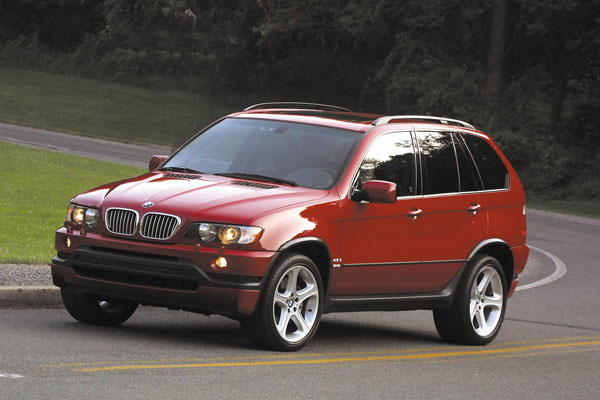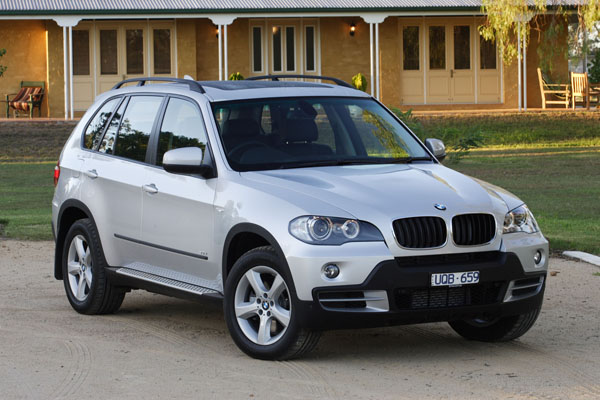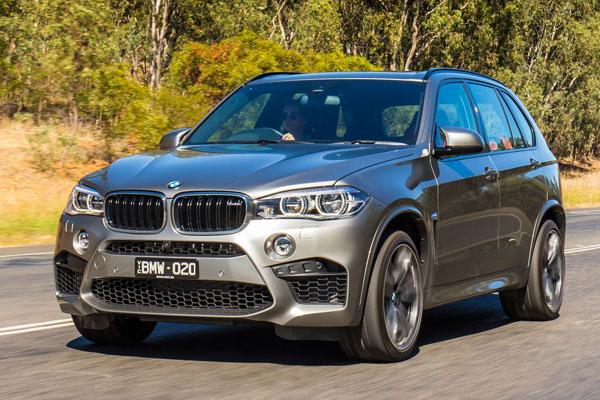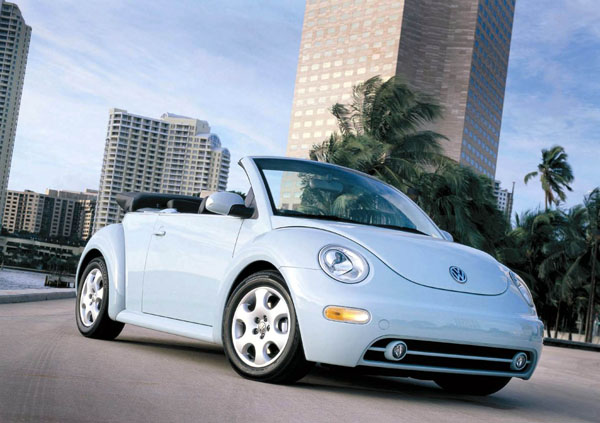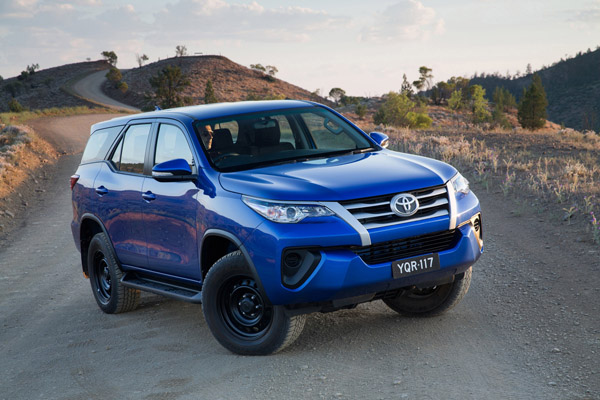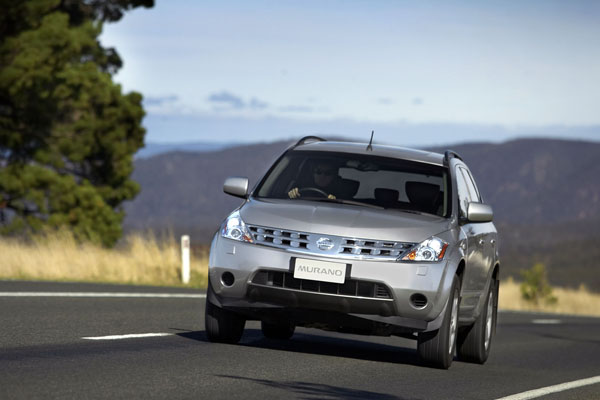BMW X5 has been a big seller since it launch in November 2000. Though it does have more off-road ability than you might expect, particularly in its first generation, most X5 buyers are looking for a sporting wagon not an ‘real’ 4WD. Well aware of this, BMW calls later models SAVs (Sports Activity Vehicles) rather than an SUVs (Sports Utility Vehicles).
The BMW X5 first reached Australia in November 2000. It immediately impressed by having on-road handling that is very good for a two-tonne wagon. It’s certainly no 5 Series in the way it feels, after all it is a big vehicle with a relatively high centre of gravity.
Comfort is good, almost to car-type station wagon standards, but if the driver does become enthusiastic in attacking corners the passengers may not appreciate the relatively large amount of body roll.
Petrol engines come either in the traditional BMW straight-six layout, or as high-performance V8s. The bent eights are popular – not a surprise as typical BMW drivers do like to pedal along with aplomb. The sixes are pretty good and arguably provide enough grunt for many.
BMW was one of the early adopters of turbo-diesel engines in Australia and have they have been on the market here since 2003. These early ones had a capacity of 3.0 litres and also have an in-line six-cylinder arrangement.
All-new X5 model from March 2007 was significantly bigger than the first-generation. It even offered the option of a third-row seat for the. As is normal, the back seat is better suited to kids, though adults can use it without too much squeezing.
Luggage space grew with the longer gen-three X5 of 2007 but a lot of it disappears if you have the extra row of seats in place.
The third generation BMW X5 was imported from November 2013. A thoroughly modern vehicle it had an integrated smartphone or a built-in SIM card, to access BMW’s ConnectedDrive with access to web-based services for travel and infotainment.
It comes with an even more powerful V8 petrol engine, a six-cylinder turbo-diesel unit and joined the throng of European vehicles by introducing highly efficient four-cylinder turbocharged engines.
All third series X5s have the efficiency of an eight-speed automatic. Moving even further away from its SUV roots, it is offered with two-wheel drive (the rear wheels) as well as all-wheel drive.
Insurance costs are about average for an SUV in the upmarket European class, though a fair bit higher for other ‘lower’ SUVs.
Servicing should be left to the experts, though you can tackle some of the minor jobs yourself. The BMW dealer network is large and efficient, dealers are more in the metropolitan areas than in the bush, though some of the larger country cities are expanding into this field.
We have heard of no real complaints about spare parts availability and only the occasional comment about high prices, but if you’re moving up from an Asian SUV you be aware that parts will be more expensive for a BMW.
WHAT TO LOOK FOR
Have a good look over the interior, particularly in the back seats for signs of rough treatment by bored kids.
Be sure that the engine starts easily; even the turbo-diesels are modern fast-start units. The engine should idle smoothly from the moment it fires up.
It’s important that a non-turbo engine pulls strongly without any initial hesitation and doesn’t blow smoke from the exhaust when the throttle is floored.
Diesels will have some turbo lag when accelerating, but this is improving with each new-design powerplant. If you feel lag is bad have a professional check it out.
The automatic transmission should work almost imperceptibly. Run through the sequential functions for speed and accuracy.
Try engaging all the 4WD modes to make sure they operate.
Cues as to off-road use – a rarity – include scratches on the body sides caused by squeezing past bushes and trees and scrapes on the under bumper areas, perhaps even underbody damage. Be wary…
CAR BUYING TIP
Be wary of any upmarket vehicle that’s belonged to a social climber who discovers they can’t afford servicing – so ignores it.




